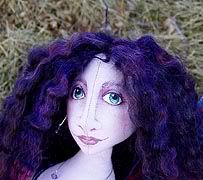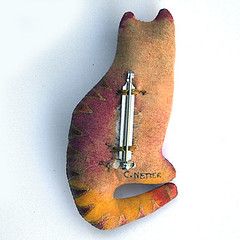Tuesday, July 31, 2012
Bees Dancing on the Front Porch
Wednesday, July 18, 2012
The Ecumenical Sunday Sunflower Service for Bees
This past Sunday I was out taking pictures of the sunflowers and noticed four different species of bee on this particular blossom. All bees seemed to be getting along fine. Several of them are species I hadn't noticed before.
In the upper left was a Long Horned bee, Melissodes Subgenus Eumelissodes. It was a fat bee about the size of a honeybee, with legs covered in yellow pollen.
In the upper right, there was a little green sweat bee. I've seen them before.
In the lower right was a little bee that is new to me, Pseudopanurgus.
And closer to the center was the familiar honeybee.
In the upper left was a Long Horned bee, Melissodes Subgenus Eumelissodes. It was a fat bee about the size of a honeybee, with legs covered in yellow pollen.
In the upper right, there was a little green sweat bee. I've seen them before.
In the lower right was a little bee that is new to me, Pseudopanurgus.
And closer to the center was the familiar honeybee.
Monday, July 16, 2012
What Do 15 Year Old Hens Look Like?
 |
| Photo by Gen Netter |
They have 2/3 of a pony barn to themselves, which consists of the tack room and the stall. The tack room has two heat lamps in it and Styrofoam insulation to keep them warm in the winter. The stall is open on the east side with a wire gate for a door to keep the predators out and still allow good ventilation.
The partidge cochin enjoys some freshly picked clover. They love fresh greens and all sorts of vegetables, but their favorite food is scratch, which is a mixture of corn and seeds.
The buff cochin struts her stuff around the stall.
Saturday, July 14, 2012
The Anythink Library Bee Cam
Greg, the Beekeeper, just sent me a link to the Anythink Library Bee Cam. He has two hives at the Commerce City, Colorado location and the library put a video camera on these hives.
http://beecam.anythinklibraries.org/view/index.shtml
Not only can you view the hives in real time, you can control the camera by zooming in, tilting it up and down as well as panning right to left. You can watch the bees as they enter and leave the hives. Very bee geeky.
http://beecam.anythinklibraries.org/view/index.shtml
Not only can you view the hives in real time, you can control the camera by zooming in, tilting it up and down as well as panning right to left. You can watch the bees as they enter and leave the hives. Very bee geeky.
Labels:
Anythink Library,
bee cam,
beehives,
bees,
Dakota Bees,
honeybees
Sunday, July 8, 2012
Rabbit Proofing the Garden
 |
| Rabbit in front of the garden |
Wire fencing can keep rabbits out of the garden until they get determined enough to dig under the fence to get inside. One way to insure they don't dig under is to electrify the fence. In our case, we electrified the chicken wire we already had around the garden using a charger meant to keep horses in an area. It supplies a pretty good shock, but not enough to kill rabbits or cats or anything as far as I can tell. Mice and toads still get in the garden. The rabbits are often seen munching the grass outside of the garden.
 |
| Rabbit and Garden |
The electric fence doesn't use much electricity either. As long as it doesn't touch anything, it doesn't discharge its charge.
Labels:
bunnies,
electric fence,
garden,
gardens,
rabbits,
raccoons,
varmints,
vegetables,
veggie garden
Subscribe to:
Comments (Atom)




















